At a large Tory breakfast meeting that David Cameron spoke to recently, the tables were named after all of the Conservative premiers of the past: the good, the bad and Ted Heath. So there were the Lord Salisbury, Harold Macmillan and Margaret Thatcher tables, for example. (I was delighted to be on the Winston Churchill table; the people on the Neville Chamberlain one looked suitably ill-favoured.) As Cameron — who was sat at the David Cameron table, appropriately enough — looked around the huge room that morning, he could be forgiven for wondering where he will wind up in the pantheon of past premiers.
For as Cameron nears his tenth anniversary as leader of the Conservative party in December, we can start to see the outlines of where he might stand historically, in relation to his predecessors. In terms of sheer longevity as prime minister, of course, he will beat most of the previous Tory occupants of No. 10: he has already outlasted Andrew Bonar Law, Alec Douglas-Home, Anthony Eden, Neville Chamberlain, Arthur Balfour, Edward Heath and Lord Derby.
Assuming that he resigns before the next election, in accordance with the pledge he gave before the last one, and times this so that his successor has a couple of years to establish himself or herself, Cameron will also overtake Harold Macmillan, Benjamin Disraeli, John Major and Stanley Baldwin. If he delayed his resignation for a few months, he could also overhaul Winston Churchill’s eight years and 240 days in office. (Like Churchill, Cameron was in coalition for his first term but enjoyed a Tory majority in his second.)
It would only be by reneging on his pledge not to stand again that Cameron would be in a position to equal Margaret Thatcher’s 11 or Lord Salisbury’s 13 years in power, and there is no indication that he will succumb to the disastrous misconception among prime ministers that they are indispensable. Instead he is likely to be the only Tory premier since Lord Salisbury and Stanley Baldwin to leave office at a time entirely of his own choosing.
Sheer longevity in office is only one of the criteria that historians use to judge prime ministers, and a not particularly important one. Clement Attlee was only at No. 10 for six years and 92 days, for example, but he was a political weather-changer who fundamentally altered Britain in a way that John Major, the Duke of Newcastle and Harold Wilson, who each had longer in the job, did not. Like most peacetime premiers, Cameron will be judged on the change in the economy between when he entered office and when he leaves it, and by any criteria except the one of stubbornly low productivity — still lower than that of France — the Cameron-Osborne years have seen a spectacular rescuing of Britain from the wild overspending of the Blair-Brown years.
Towards the end of their time in office — and we are probably less than three years away from that in Cameron’s case — prime ministers tend to start thinking of their monuments. It’s often a dangerous moment, the one when hubris steps in. Sadly Cameron seems entirely to have eschewed the wonderful legacy of taking Britain out of the European Union, which would have guaranteed him a foremost place among the weather-changing PMs. Yet even without that crowning achievement, he is likely to be seen in the front rank of peacetime Tory premiers.
In one sense that’s not so difficult, considering how many of them were in office for too short a period — Bonar Law and Douglas-Home for less than a year — or were overall failures due to policy catastrophes — Baldwin and Chamberlain over their response to Adolf Hitler, Eden over the Suez crisis, Heath over the three-day Week, Major over the ERM debacle — or presided over split parties such as Balfour and Major who both consequently went down to electoral disaster. (Major’s 1997 defeat was the worst since the Duke of Wellington’s in 1832.) If one accepts that Winston Churchill and Lord Liverpool, for all their wartime successes, were unimpressive peacetime premiers, Cameron is almost guaranteed a front-ranking spot among peacetime premiers, assuming the economy doesn’t tank in the next 30 months or so.
So where will Cameron stand in relation to the four Tory peacetime front-rankers, Margaret Thatcher, Benjamin Disraeli, Lord Salisbury and Harold Macmillan? (William Pitt the Younger was primarily a wartime premier, and anyhow described himself as a Whig.) Being an intensely competitive man, Cameron will have given this some thought, and the profoundly radical agenda he has set out for his ministry over the next three years is testament to his wish to make a permanent mark on British history. He of course must avoid being tripped up by events which often come out of a clear blue sky, like the Suez crisis or the 1973 miners’ strike, that can destroy premierships, or alternatively he must be able to turn them to his advantage, as Margaret Thatcher did with both the Falklands war and the 1984–85 miners’ strike.
Assuming he can do all that and not be skewered by those events such as a Chinese downturn that are entirely out of the hands of any Briton to affect, Cameron must now be having Harold Macmillan’s fourth place in his sights. He is due to overtake Macmillan’s length of time in office in February 2017, and although he wouldn’t be crass enough to boast that the British people had never had it so good as under his premiership, Cameron might well by then have delivered boons — such as a seven-day NHS — that Macmillan would never have attempted, and to have done it from the One Nation wing of the party that Macmillan himself also hailed from.
Cameron is too well-versed in history to believe that he could overhaul Thatcher, Disraeli or Salisbury without another term in office or a cataclysm that he was able to master, but overtaking Supermac is well within his abilities, and must now be on his agenda. Maybe he had Macmillan’s portrait brought into Downing Street in May 2010 to fire his competitive nature.
Got something to add? Join the discussion and comment below.
Get 10 issues for just $10
Subscribe to The Spectator Australia today for the next 10 magazine issues, plus full online access, for just $10.
You might disagree with half of it, but you’ll enjoy reading all of it. Try your first month for free, then just $2 a week for the remainder of your first year.

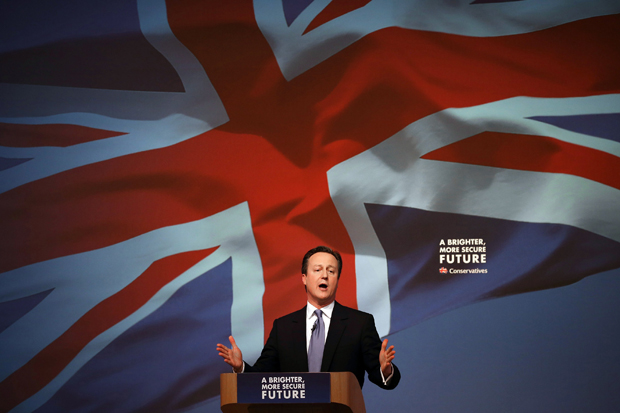

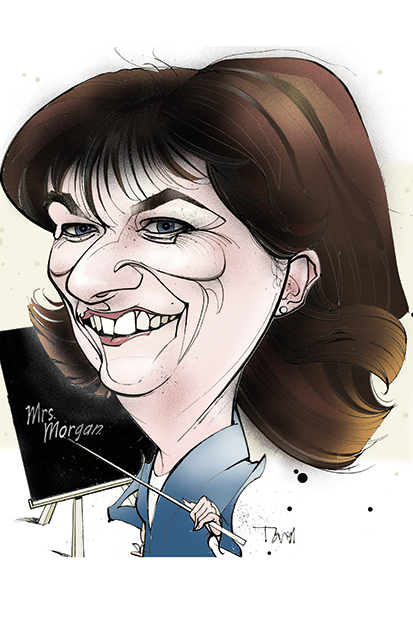
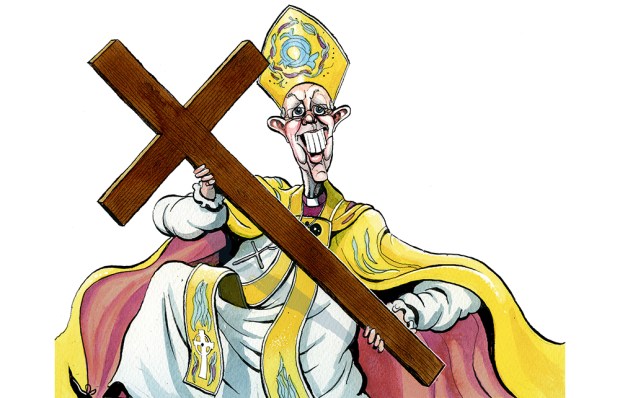
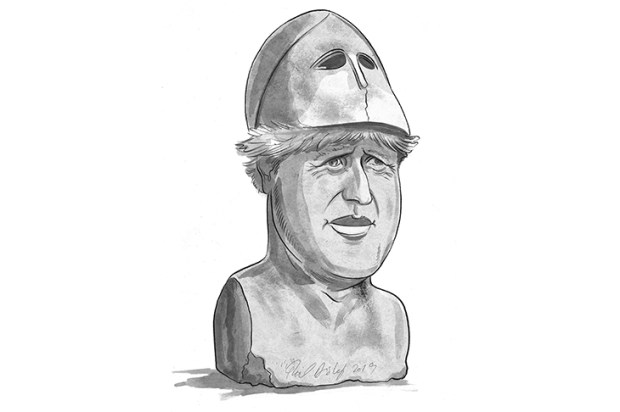
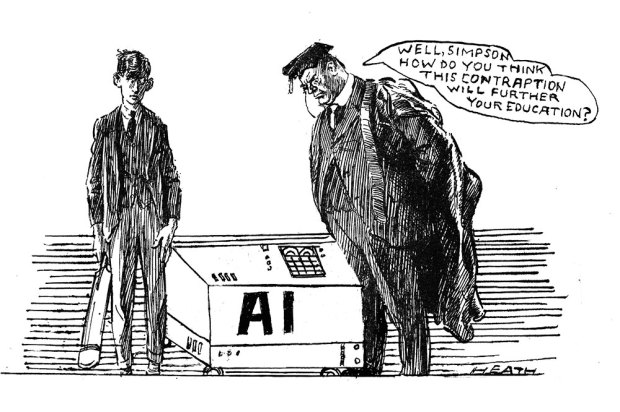








Comments
Don't miss out
Join the conversation with other Spectator Australia readers. Subscribe to leave a comment.
SUBSCRIBEAlready a subscriber? Log in